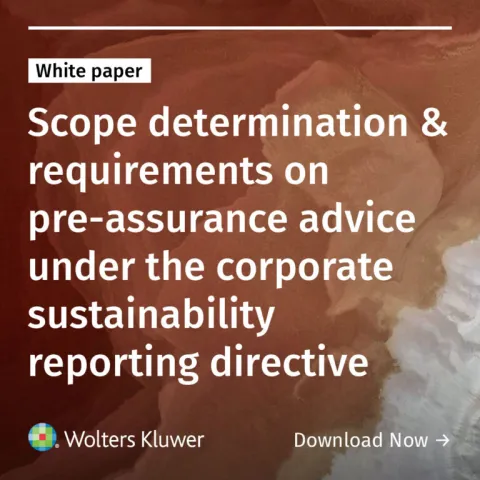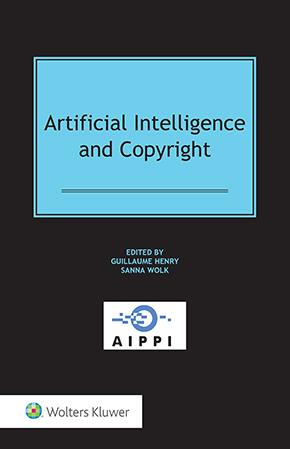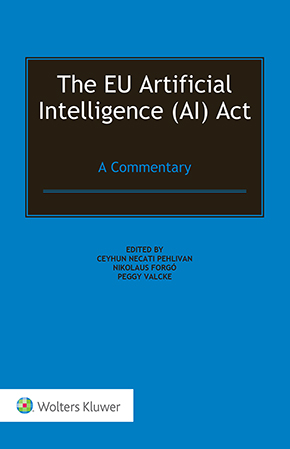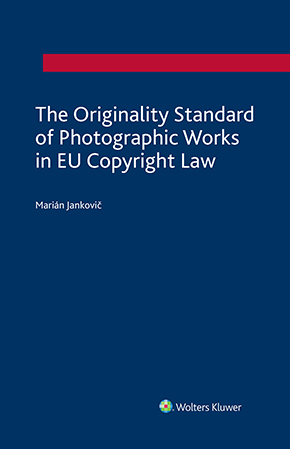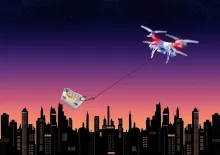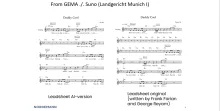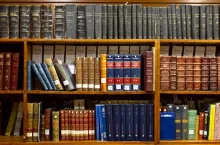Getty Images v Stability AI: A landmark judgment reinforcing the need for the UK government to amend its copyright laws
November 20, 2025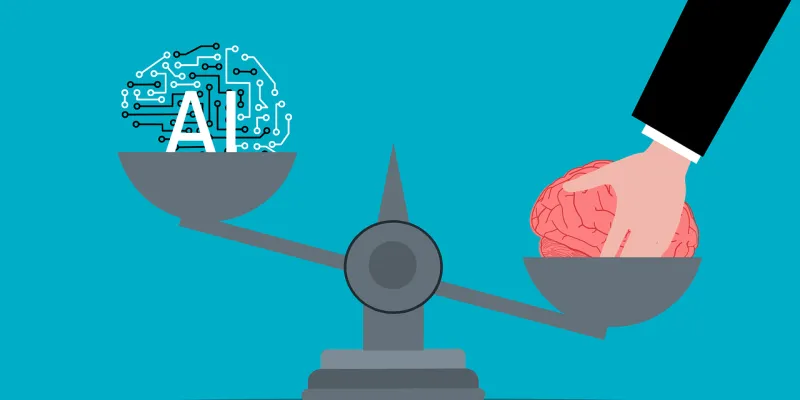
Introduction
The landmark Getty Images v Stability AI judgment came out on 4 November 2025. The decision is a landmark one because it is the first UK case dealing with whether AI training infringes copyright. Some have already criticised it as not so revolutionary as many issues were dropped, including the claims for sui generis database rights and primary copyright infringement for the outputs. But nevertheless it is a landmark decision, as others agree, because the judge, Mrs Justice Joanna Smith DBE, interprets copyright concepts which had not been interpreted much previously and also clearly states the reasons Stability AI does not infringe copyright. The trial lasted several days and I was fortunate enough to attend the day on which the two technology experts were cross-examined on how AI models work. As I left, my distinct feeling was that it was going badly for Getty on the copyright claim, and indeed the judge confirmed there is no copyright infringement.
The decision is a whopping 205 pages long and includes mainly trade mark and copyright issues. This post only reports on the copyright issues. Getty lost most of its case, including the copyright issues as Stability AI was found not liable. The most important aspect is the fact that Stability AI is not liable for secondary infringement; we do not know if it would have been liable for primary infringement as this claim was dropped, although it is pretty clear from the judgment it would not have been.
Facts
Stability AI offers Stable Diffusion, an AI model which generates images. The user can use text or images as prompts. It was trained with millions of photographs, including those from Getty Images, and when a user used Stable Diffusion it would generate images with the Getty watermark which is protected by trade mark rights. Hence why Getty sued. However, it dropped claims for primary infringement of copyright as Stability AI ensured that the prompts which were generating infringing outputs were blocked (para. 9). Therefore, the case turned only on the secondary infringement.
It is crucial to note that at the start of the judgment, the court explains the technology behind Stable Diffusion and also stresses that Stable Diffusion is only one type of AI model, a so-called latent diffusion model. It is worth stating the relevant parts in full: “Once the model is trained, running the network, referred to as inference, is (in simple terms) an input-output system in which the user specifies inputs, the trained network performs computations on those inputs and then generates the desired output. (…) inference does not require the use of any training data and the model itself does not store training data” (para. 5 and 7, emphases in the judgment).
Copyright secondary infringement
The two crucial conditions to determine secondary infringement are what is (1) an article which is (2) an infringing copy (ss. 22-23 and 27 of the UK Copyright Designs and Patents Act 1988 (CDPA)). Dealing with the first of these, the court held that on a proper construction of the provisions, an article can be intangible. This is because a copy can be intangible as per s. 17 of the CDPA (definition of the reproduction right). The court applied the rules of statutory construction with great detail and care (paras. 562ff). The court also relied on Sony v Ball, a case involving infringement by devices which removed technological protection measures protecting video games, in which Mr Justice Laddie had to interpret the same concept of an article. Mrs Smith DBE held that “the purpose of the Act – the protection of copyright owners – would, in my judgment, be fulfilled by an interpretation which encompassed modern technology” (para. 580). She also relied on the decision of the CJEU in C-433/20 Austro-Mechana, which interestingly is a post-Brexit case. Courts are allowed to rely on post Brexit CJEU judgments “so far as it is relevant to any matter before the court or tribunal” (art. 6(2) Withdrawal act). The judge added: “I agree with Getty Images that if the word “article” were construed as only covering tangible articles, this would deprive authors of protection in circumstances where the copy is itself electronic and it is then dealt with electronically. Not only would that be inconsistent with the words of the statute, but it would also be inconsistent with the general scheme of copyright protection which is to reward authors for their creative efforts” (para. 590). A win for Getty on this point.
But the second condition is that the article still must be an infringing copy. Therefore, since Stability AI did not copy, the claim fell through. Indeed, an AI model which derives or results from a training process involving the exposure of model weights to infringing copies is not itself an infringing copy because “the model weights are not themselves an infringing copy and they do not store an infringing copy” (para. 600). Both experts in the case gave ample evidence on how this AI technology works and the court embraced it (cf. paras. 3-7). It must be restated that Stable Diffusion as its name indicates is a diffusion model. Not all AI models are diffusion models. As A. Feder Cooper and J. Grimmelman explain in their article, some models memorise works but some do not. For diffusion models, it is always a question of fact. And in this case, Getty could not assert as a fact that the weights included a copy of copyright work, i.e. there was no evidence of memorisation (para. 559). Hence the decision of Mrs Justice Smith DBE will apply to diffusion models and models that behave like Stable Diffusion but not necessarily other AI models.
Interestingly, the judge said obiter that if she was wrong, and Stable Diffusion is an infringing copy, then Stability AI would be liable as it knew or had reason to believe what it was doing was infringing copyright, namely staff knew works were scraped on the web without consent and there were chat exchanges between staff discussing how to get rid of watermarks in the dataset including that there was potential that the training was illegal (paras. 603ff).
Exclusive licence concept
Another important aspect in the case was whether Getty had the right to sue, i.e. whether it acquired or had an exclusive licence for the copyright in the photos taken by photographers. There were some works for which this was not certain. The decision is interesting because it provides a thorough interpretation of the concept of an exclusive licence (s. 92 of the CDPA). The court relied on Oxford Nanopore Technologies, a patent case from 2017, because the parties both agreed it applied to copyright law as the patent law provisions are similarly worded (para. 659 ff of the Getty judgment). So, we now have more details about what such a licence is and what signing it means as well. Due to limitations of space, this is not explored further in this post, but these sections are well worth a read.
Conclusion and comment
In conclusion, first and foremost, the judge must be commended for this very comprehensive and clear judgment. Second, the issue of secondary infringement is not yet fully settled as this case only dealt with one type of AI model. AI companies should therefore pay attention as, if their models actually keep works in their memory, under UK copyright law they could be infringing under s. 22-23 of the CDPA.
Finally, it will now be even more interesting to see what the Secretary of State says in its two reports that it must lay out before Parliament by March next year as per the Data Use and Access Act 2025. This Act mandates that the Secretary of State writes one report that assesses the economic impact in the UK of each of the four policy options stated in the UKIPO consultation on AI on copyright owners and persons who develop or use AI systems (the options concern whether to amend s. 29A of the CDPA which covers text and data mining). The second report must examine the use of copyright works in the development of AI systems and also consider the four policy options as well as alternatives. The Secretary of State must make proposals on several issues including on AI systems developed outside the UK, which is at the heart of the Getty case. Will these reports address this ‘gap’ in the law or not (i.e. that leads to the conclusion there is no copyright infringement as in the Getty case at least for some AI models)? Will they follow the EU CDSM Directive and the EU AI Act or, as Monty Python famously said, ‘and now for something completely different’? Time will tell. I think that ultimately the UK legislature will – hopefully thanks to the thousands of consultation replies it received - be armed with much better evidence to amend the law in the best way possible and show global leadership, while waiting for an international treaty (we can and should dream).


